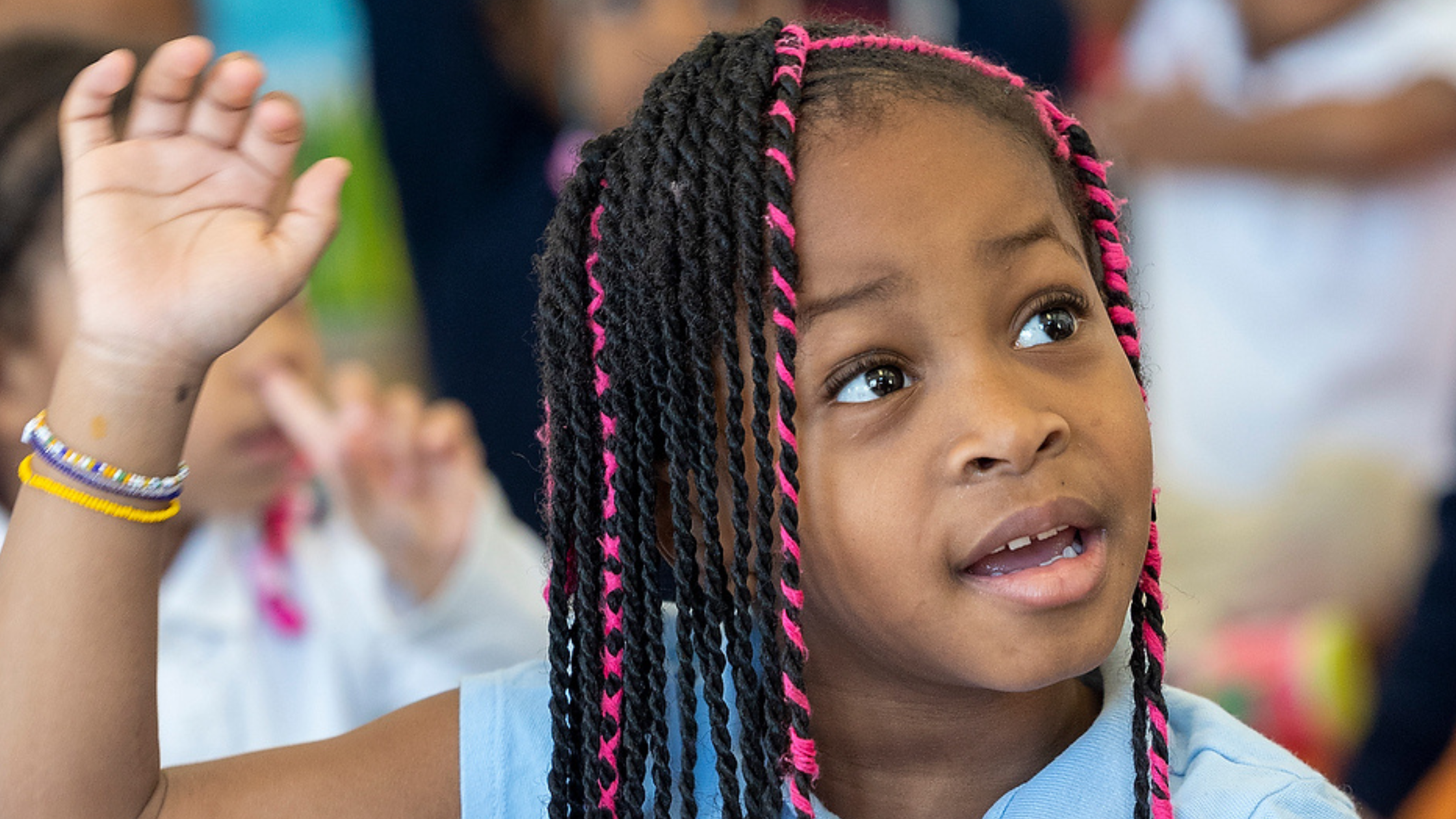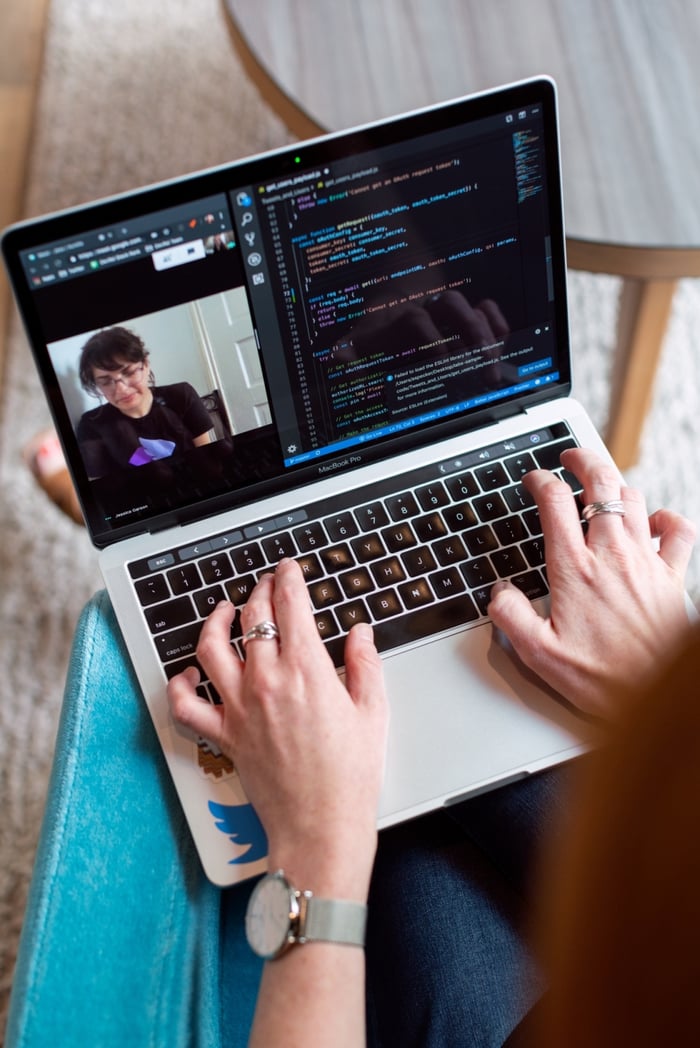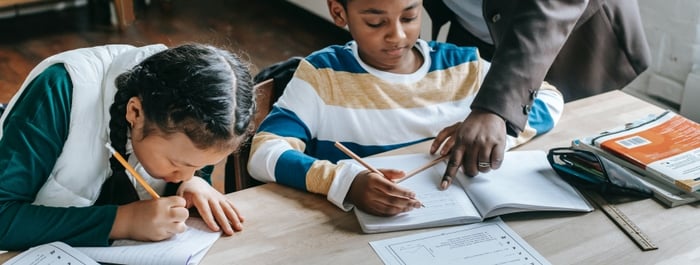Intervention: Have We Gone Too Far?
Administrators • 3 min read • May 13, 2024 4:50:31 PM • Written by: Sarah Sandelius

In the ever-evolving education landscape, finding the right balance between targeted interventions and inclusive classroom instruction is crucial for supporting diverse learners, including students with disabilities. As school administrators and teachers, it's essential to recognize the growing trend of overreliance on intervention and the importance of going back to the basics—designing classroom instruction that provides access and support for all learners through differentiated instruction and specially designed instruction (SDI).

The Overreliance on Intervention: A Growing Trend
In the wake of COVID-19 recovery, many schools have shifted to invest more and more in intervention, often at the expense of focusing on high-quality, differentiated classroom instruction that meets the needs of diverse students. Students are frequently pulled out of class for support, missing crucial learning opportunities with their peers in the least restrictive environment (LRE) and disrupting their sense of community. While these interventions may provide short-term gains, they have inadvertently become a band-aid solution, failing to address the root cause of why students are struggling in the classroom.
This trend not only impacts student development but also places an unsustainable burden on special educators and interventionists, stretching their capabilities and resources thin. It's time to question: Are we too quick to pull students out of the classroom? Are these interventions becoming a default rather than a support?

The Transformative Impact of Classroom Instruction
The overreliance on intervention often stems from a lack of inclusive teaching strategies and differentiated instruction in the classroom, which is designed to meet the diverse needs of all students, including those with IEPs or 504 plans. By shifting our focus and resources towards professional development for special education teachers and coaching them to create inclusive classrooms, we can proactively address learning gaps and reduce the need for extensive interventions. Inclusive classroom instruction not only supports academic growth but also fosters students' social and emotional development within a supportive learning community.
Prioritizing special education professional development focused on inclusive instructional design is key to creating accessible and engaging classrooms for all learners. As highlighted in our previous blog post on Creating Inclusive Classrooms, instructional coaches play a crucial role in supporting teachers to implement differentiated strategies, universal design for learning (UDL) principles, and specially designed instructional strategies. Successful teacher training initiatives, such as those focused on understanding the four functions of behavior and managing student behavior, have led to improved student outcomes, increased student engagement, and reduced reliance on interventions.
Consider the experience of a partner middle school, where a focused evaluation of classroom instruction brought significant insights. During walkthroughs with the school principal in 6th grade ELA classes, it became apparent that many students initially thought to require intensive intervention, could benefit more effectively from Tier II support within the classroom setting. This shift reduced the need for pull-out intervention groups and led to a more effective allocation of resources, enriching the classroom experience to meet diverse learner needs.
This deeper analysis also revealed that some behavioral issues were linked to unmet academic challenges rather than disciplinary problems. A lack of challenge in the curriculum had led to disengagement, with the material being too easy for some students. The school leader adjusted the curriculum to include more rigorous, grade-appropriate work, thereby engaging students more effectively and enhancing their academic and behavioral outcomes.
From Intervention to Inclusion: A Strategic Shift in Educational Priorities
To help school administrators and teachers evaluate their current practices and approach to intervention, we have developed the "Learning Support Effectiveness Tool." This tool will guide you in self-assessing the distribution of resources between intervention and classroom instruction, identifying areas where changes are needed, and determining if your school could benefit from a special education audit or improvement plan. By using the assessment results to inform your decision-making process, you can strategically invest in inclusive classroom instruction and create a more equitable learning environment for all students.
Download the Learning Support Effectiveness Tool
By shifting our mindset and prioritizing the development of inclusive, differentiated classrooms, we can create learning environments that truly support the success of all students, including those with diverse learning needs. Taking the time to assess your school's reliance on intervention and investing in teacher training and coaching are crucial steps in this journey toward equity and excellence in education. Together, let's redefine the educational landscape to ensure that every student thrives, regardless of their abilities or challenges.
Ready to Make an Impact For Your Most Diverse Learners?
Sarah Sandelius
Our Latest
Related Articles

January 12, 2021 | Culture of Inclusion
5 Steps to Building More Collaborative, Equitable, and Inclusive Classrooms
Learn about an innovative approach to foster collaboration among educators and enhance inclusive cla...

July 12, 2021 | Culture of Inclusion
Top 3 Administrators “Need to Knows” to Maximize Student Outcomes
The Journey to Inclusive Learning. Discover strategies for disrupting root causes, advocating for al...

October 14, 2022 | Tools
Supporting Your Teachers to Design Quality Special Education Instruction
Unlock the power of SDI (Specially Designed Instruction) under IDEA. Explore effective instructional...

